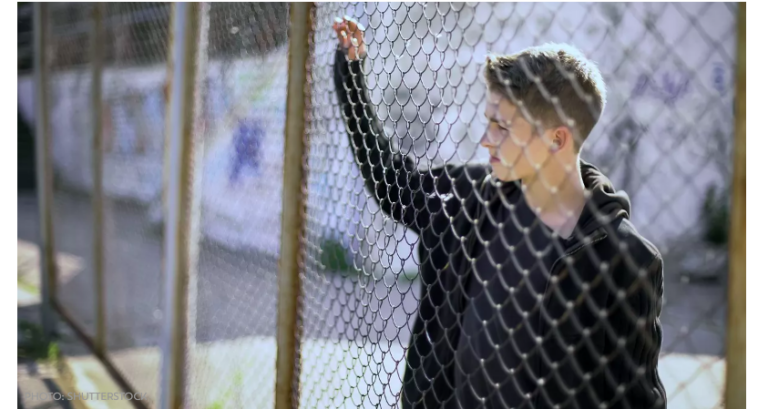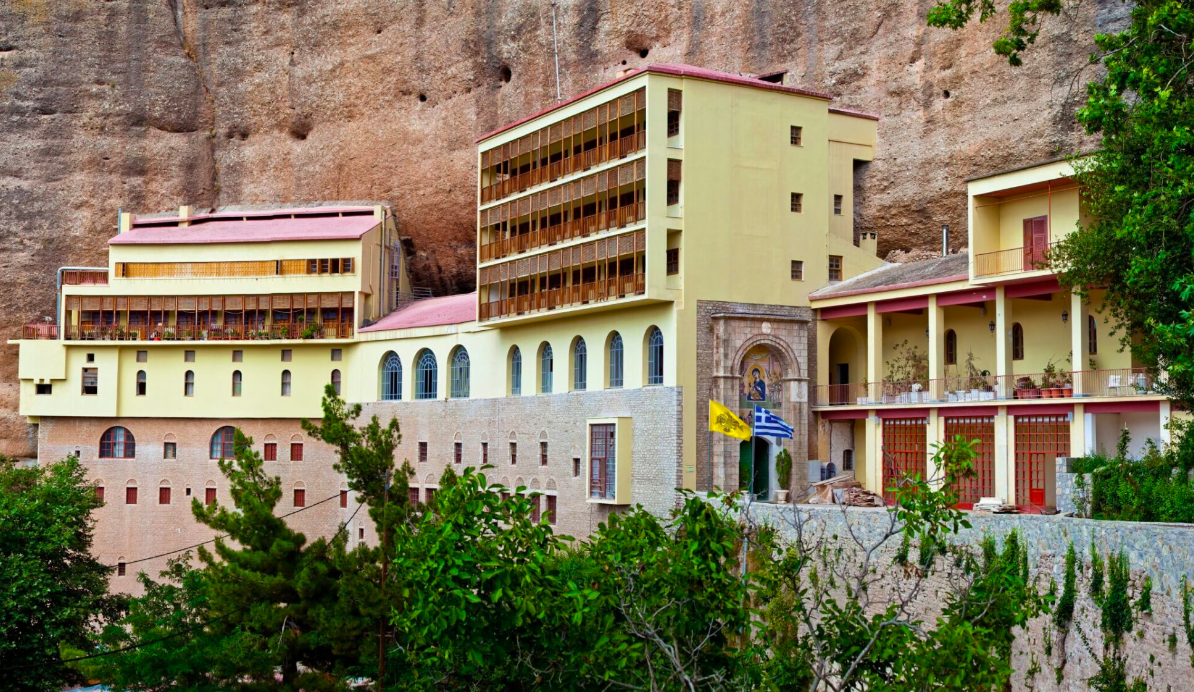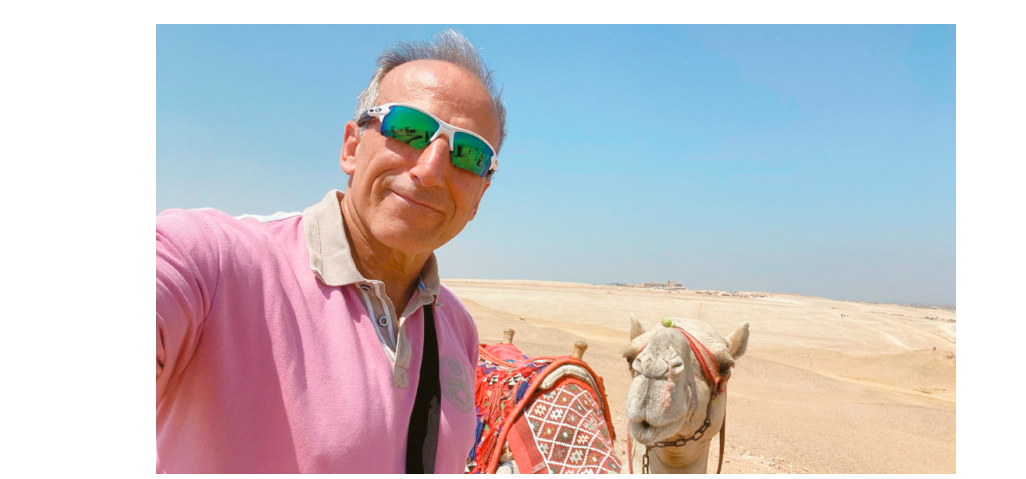On February 5, 2018, a mere seven years after a disastrous triple nuclear meltdown, Japan’s Fukushima Prefecture is once again harvesting and shipping green laver seaweed as a food product. An article in the Japan Times cited “officials” as having said the seaweed had radiation levels far below the safety limit. Local co-op members believe the seaweed is ready to be processed and eaten, but many consumers aren’t so sure.
“Matsukawaura green laver features a good scent,” Yuichi Okamura, a 62-year-old member of a local fishery cooperative told the Japan Times. “It’s as beautiful as before the disaster.”
Approximately 754 kilograms (1659 pounds) of the aqua farmed vegetation was shipped to local processors after being dried to remove pebbles and other objects. It is used primarily for ramen and soy sauce, and in the beginning will only be available locally. The test farming area is about 10 kilometers (6 miles) from the Fukushima meltdown site.
As Tokyo Electric Power Company (TEPCO) attempts to decommission the nuclear plant, it has admitted that contaminated water seeping into the ground has caused problems. The Independent reported on February 2, 2018, “the energy firm found eight sieverts per hour of radiation, while 42 units were also detected outside its foundations.”
“Although the radiation levels identified are high, a threat to human health is very unlikely because apart from workers at the site, no one goes there,” Richard Black, Director of the Energy and Climate Intelligence Unit, told The Independent.
Not everyone agrees with Black’s assessment of the situation though. Independent energy consultant and lead author of the World Nuclear Industry Status Report Mycle Schneider, told The Independent he sees the possibility of a “global” disaster.
“This can get problematic anytime, if it contaminates the ocean there is no local contamination, the ocean is global, so anything that goes into the ocean goes to everyone,” said Schneider. “It needs to be clear that this problem is not gone, this is not just a local problem. It’s a very major thing.”
In February of 2017, TEPCO reported radiation levels at Fukushima’s Daiichi No. 1 power plant were the highest they had been able to record in the containment vessel of reactor no. 2 since the disaster. TEPCO explained the extraordinary measurement of 530 sieverts an hour came from a specialized robot that focused on one point and was able to get closer to the melted cores than ever before. The measurement dwarfed the previous high of 73 sieverts per hour. A single dose of one sievert would cause radiation sickness and nausea; a person exposed to one dose of 10 sieverts would be dead in a matter of weeks.
In spite of media reports to the contrary, no amount of exposure to ionizing radiation is safe. According to a National Research Council report released in 2005, any exposure could lead to cell damage and subsequent cancer. EnviroNews has repeatedly documented the danger of any radiation exposure and called out other media resources, which have repeated false assertions that low-level ionizing radiation is safe.
Source: environews
Ask me anything
Explore related questions





